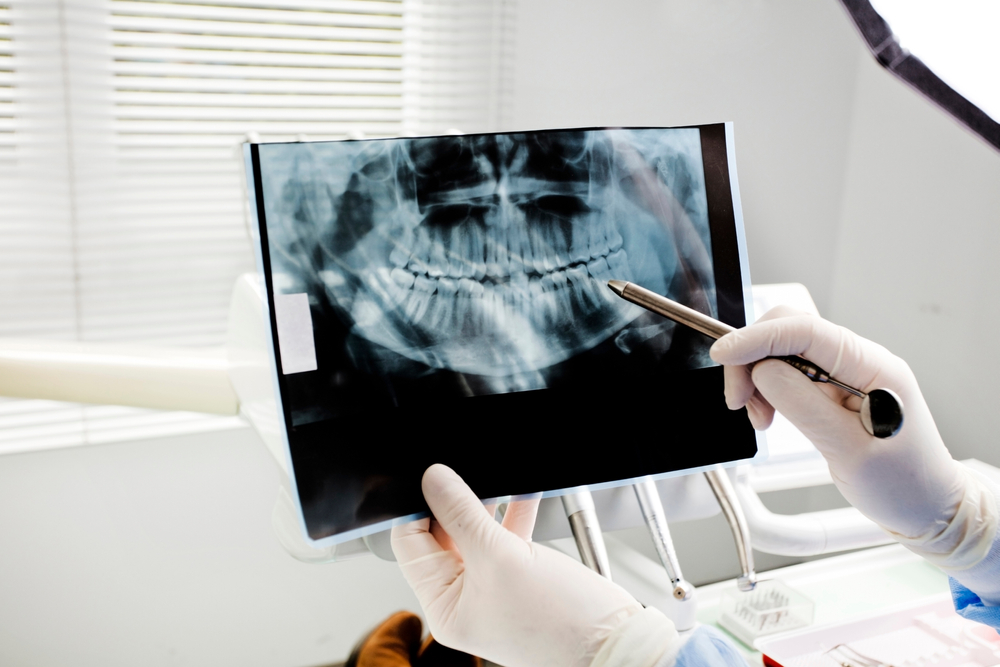Dental X-rays are an essential tool in modern dentistry, allowing professional dentists to see what’s happening beneath the surface of your teeth and gums. Many oral health problems, such as cavities, gum disease, and even tumors, cannot be seen with the naked eye. Dental X-rays help detect these issues early, enabling timely treatment and preventing more serious complications in the future. In this article, we’ll explore how dental X-rays work, when they are needed, and why they are critical for maintaining long-term oral health.
When Are Dental X-Rays Needed?
Dental X-rays are not typically required during every visit to the dentist, but they play an essential role in diagnosing oral health issues. Here are some instances when your dentist may recommend X-rays:
Routine Checkups
During regular checkups, X-rays may be taken to identify problems that aren’t visible during a standard examination. Even with good oral hygiene, some issues, like cavities between teeth or beneath existing fillings, may go unnoticed until they cause discomfort or damage. X-rays provide a clear picture of these hidden problems.
For New Patients or Changing Health Conditions
If you’re a new patient or your dental health has changed, your dentist may recommend X-rays to establish a baseline. X-rays help provide an accurate record of your teeth and jawbone, making it easier for your dentist to track changes over time. This is especially important if you have a history of dental problems, such as cavities or gum disease.
Before Dental Procedures
If you’re planning to get certain dental treatments, such as fillings, crowns, or implants, X-rays can help your dentist plan the procedure more accurately. X-rays help ensure that the treatment is effective and safe by revealing potential underlying issues like bone loss, infections, or abscesses.
If You Have Pain or Discomfort
If you experience pain in your teeth, gums, or jaw, dental X-rays can help diagnose the source of the discomfort. X-rays can detect hidden infections, cracks, abscesses, or bone problems, ensuring that appropriate treatment is given.

What Can Be Detected with X-Rays?
Dental X-rays are extremely helpful in identifying a variety of oral health problems. Some of the issues that can be detected through X-rays include:
Cavities and Tooth Decay
X-rays are effective at spotting cavities between teeth, areas that are hard to detect with a visual exam. Early detection of cavities allows for timely treatment, which can prevent further decay and preserve your tooth.
Bone Loss
X-rays allow your dentist to examine the bone structure in your jaw. They can detect signs of bone loss, a common problem with gum disease or tooth infections. Early detection of bone loss is essential for preventing further deterioration and addressing underlying issues before they become serious.
Infections or Abscesses
Abscesses and infections, particularly those that occur at the root of the tooth, are often invisible to the naked eye. X-rays can reveal these infections early, ensuring that they are treated before causing severe damage or spreading to other parts of the body.
Impacted Teeth
For some patients, teeth may not fully emerge from the gums, which can lead to complications. X-rays are particularly useful for detecting impacted teeth, such as wisdom teeth, that may cause discomfort, crowding, or infections.
Tumors or Cysts
Dental X-rays can also help detect unusual growths, such as tumors or cysts, in the jawbone. Detecting these conditions early is crucial for successful treatment and prevention of further complications.
The Safety of Dental X-Rays
One common concern among patients is the potential exposure to radiation from dental X-rays. While it’s true that X-rays involve a small amount of radiation, modern dental X-ray machines are designed to minimise exposure. The risk from a dental X-ray is very low compared to the benefit of detecting hidden dental issues early.
Precautions Taken
To ensure patient safety, several precautions are taken during dental X-rays:
- Lead Aprons: Patients are often given a lead apron to protect their body from radiation.
- Collimation: This technique focuses the X-ray beam only on the area of interest, reducing unnecessary exposure.
- Digital X-Rays: Many dental offices now use digital X-rays, which emit even less radiation compared to traditional X-ray films.
Overall, the benefits of early detection through dental X-rays far outweigh the minimal risks, especially considering how much they help in diagnosing and preventing dental health issues.
Conclusion
Dental X-rays play a crucial role in maintaining long-term oral health. By providing a clear view of areas that are invisible to the naked eye, X-rays help dentists detect hidden problems early and take action before they cause serious damage. From identifying cavities and infections to detecting bone loss and tumors, X-rays ensure that you receive the most effective and timely care possible.
If you haven’t had a dental X-ray recently or have concerns about your oral health, talk to your dentist. Regular X-rays can help catch problems early, saving you time, money, and discomfort in the long run. Remember, a proactive approach to oral health, including regular dental checkups and X-rays, is key to preserving your smile for years to come.


